- +(86) 18681141326
- sales@polysmarts.com
- Building 2, No. 8, Guangbao Road, Qishi Town, Guangdong Province, CN
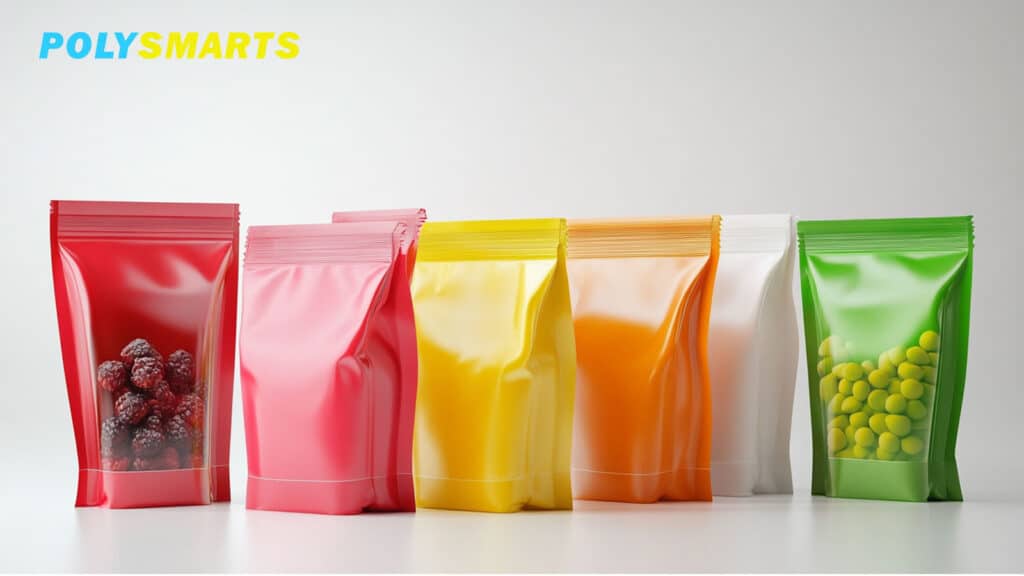
Packaging plays a crucial role in the food industry, influencing everything from product safety to brand perception. Understanding the essential factors in food packaging can help businesses protect their products, enhance their brand, and meet regulatory standards.
Ensuring food safety is paramount. Packaging must protect against contamination and spoilage, complying with health regulations such as FDA guidelines. Use materials that are food-safe and suitable for the type of food being packaged, whether it’s perishable, frozen, or shelf-stable.
Selecting the right packaging material is critical. Consider factors such as durability, barrier properties, and sustainability. Options include plastic, glass, metal, and eco-friendly materials like biodegradable plastics and recycled paper. Each material has its pros and cons depending on the product’s needs.
With growing consumer awareness about environmental issues, sustainable packaging is more important than ever. Opt for recyclable, compostable, or reusable materials to reduce environmental impact and appeal to eco-conscious consumers. Highlighting sustainable practices can enhance brand reputation.
Packaging is a powerful marketing tool. A well-designed package not only protects the product but also communicates your brand message. Use design elements such as colors, typography, and imagery that resonate with your target audience, and ensure your brand logo and product information are clearly visible.
Consider the ease of use and convenience of your packaging. Features like resealable zippers, easy-pour spouts, and microwave-safe containers can significantly enhance user experience. Functional packaging can differentiate your product in a crowded market.
While quality is essential, cost is also a crucial consideration. Balance material costs, production expenses, and design investments to ensure your packaging is economically viable. Consider bulk purchasing or lightweight materials to reduce costs without compromising quality.
Packaging should help extend the product’s shelf life, maintaining freshness and quality for as long as possible. Techniques such as vacuum sealing, modified atmosphere packaging (MAP), and the use of oxygen absorbers can be effective in preserving food products.
Stay informed about the legal and regulatory requirements for food packaging in your region. This includes labeling requirements, nutritional information, and allergen warnings. Non-compliance can lead to legal issues and damage to your brand’s reputation.
Keep an eye on market trends and evolving consumer preferences. Innovations in smart packaging, personalized packaging, and interactive elements can set your product apart and engage consumers in new ways.
By considering these factors when packaging food products, businesses can ensure product safety, optimize cost-efficiency, and enhance brand appeal. Staying ahead of industry trends and consumer demands will help maintain a competitive edge in the market.
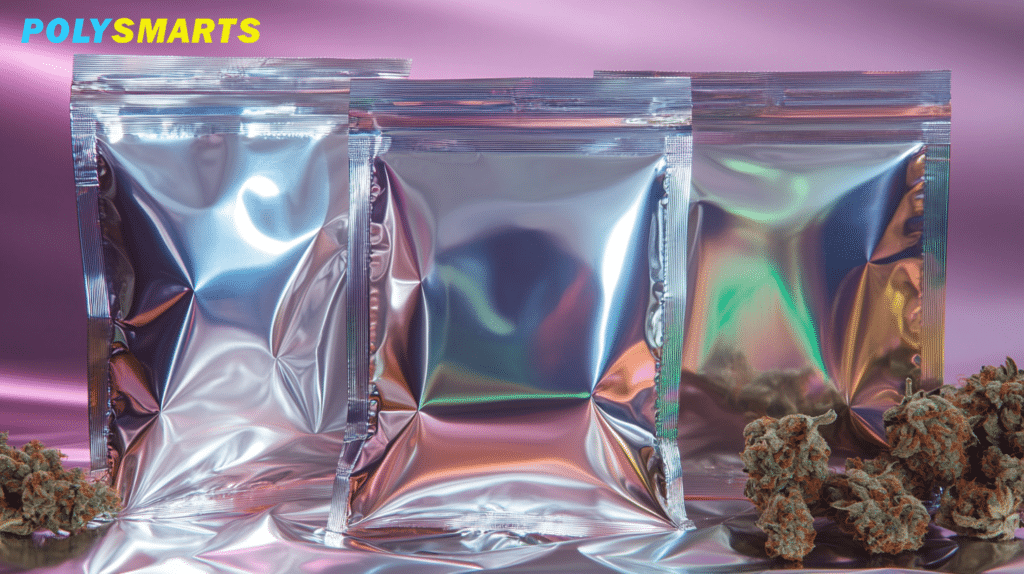
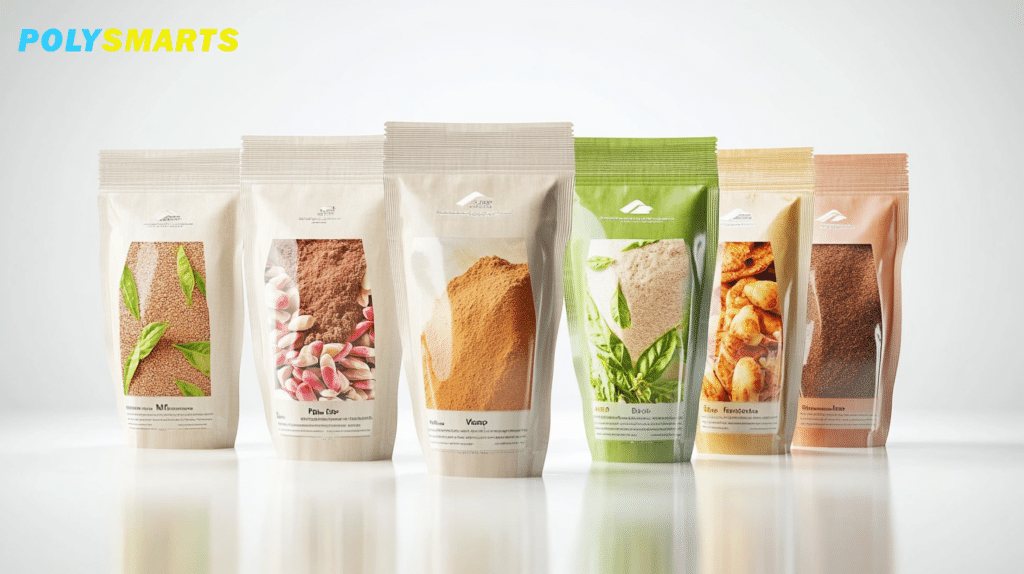

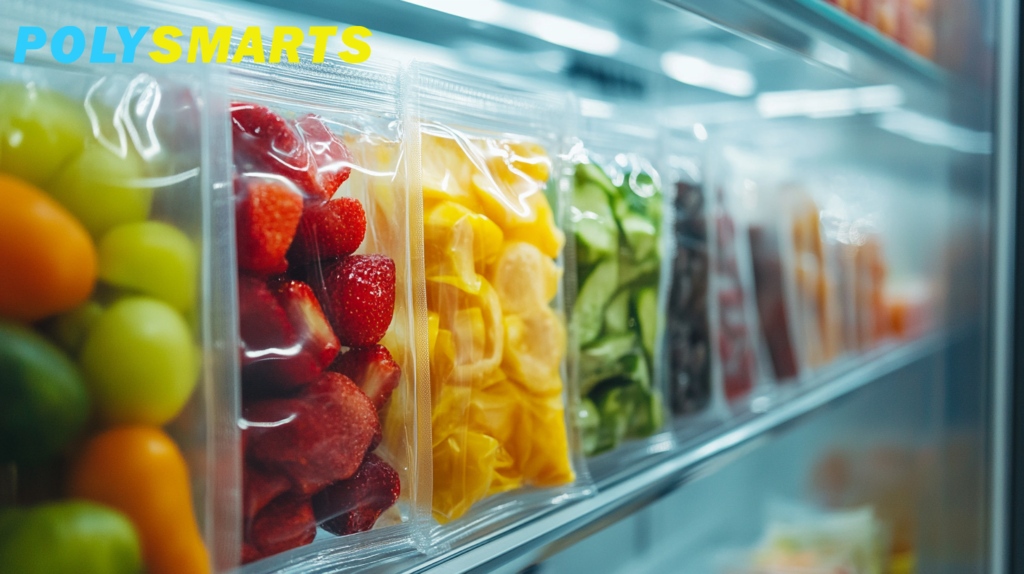
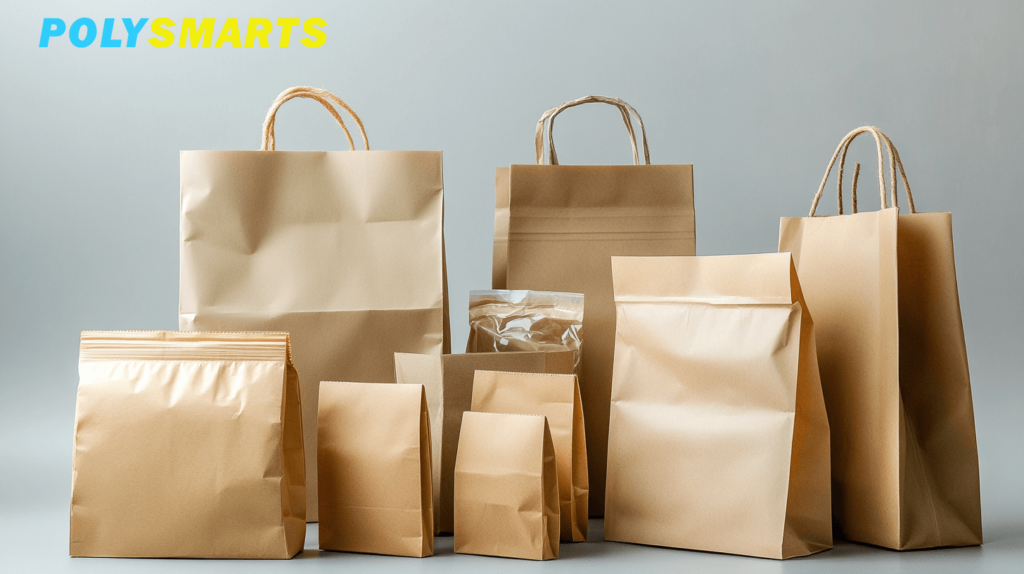
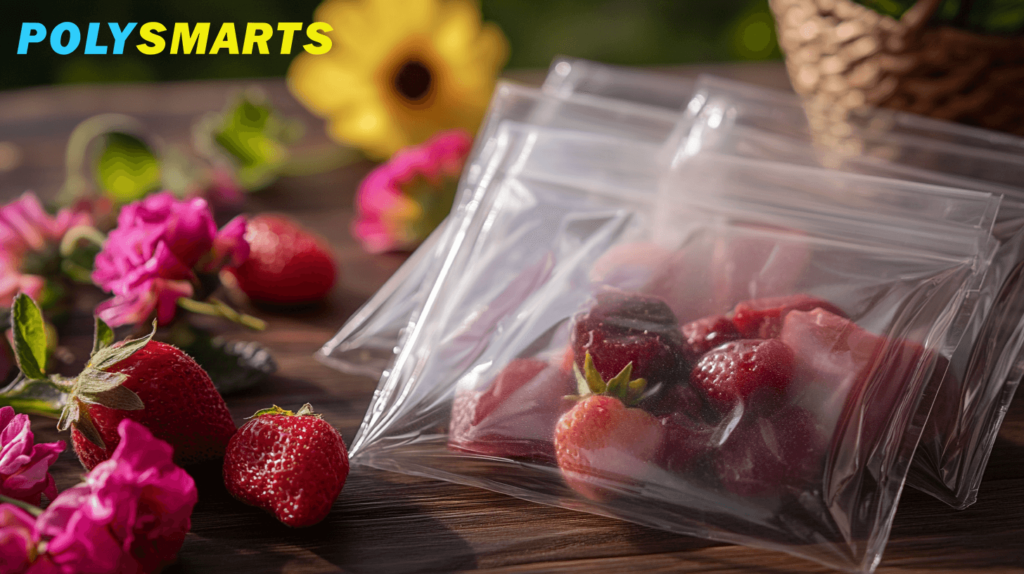
Simply fill out the form below as best you can. Don’t worry the details.
Flexible packaging bags offer superior versatility compared to rigid packaging. Learn how these innovative bags can be customized for countless applications from food to medical uses.